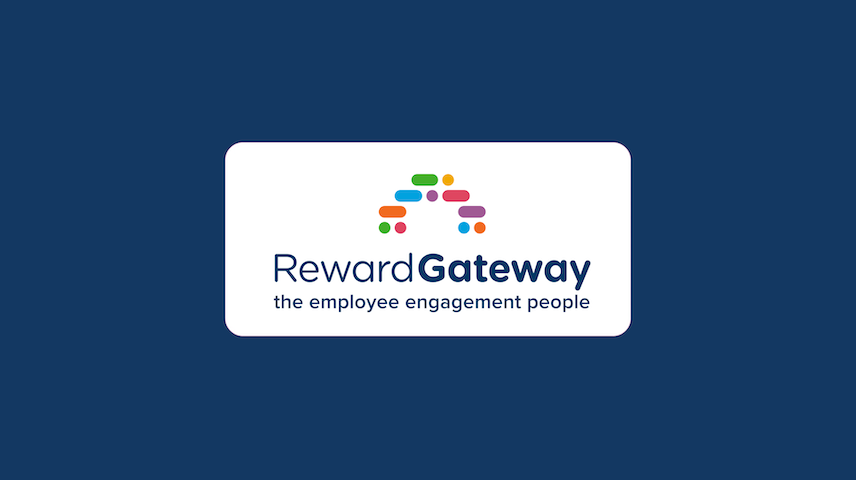As the working world becomes increasingly diverse and interconnected, the role of employee communication has taken center stage as one of the most important enablers of success.
Effective internal communication is the glue that holds an organisation together by keeping employees connected and informed, and by forming the foundation for engagement. But when an organisation’s employee comms efforts don’t hit the mark, it can result in a misaligned, disengaged and demotivated workforce.
This blog explores the five most common employee communication mistakes, and the best ways to avoid them:
| 1. Overloading employees with too much information |
| 2. Sticking to one channel |
| 3. Using the wrong tone |
| 4. Skipping audience segmentation |
| 5. A lack of effective measurement |
1. Overloading employees with too much information
 We’re starting with content overload, which is one of the most common mistakes when it comes to employee communication.
We’re starting with content overload, which is one of the most common mistakes when it comes to employee communication.
The average company now uses more than 75 different internal technologies, and employees receive an average of 304 work-related emails every week. So much so that 43% of employees say they miss important information because of the sheer volume of content they receive.
The good news is that there are ways that internal communicators can help ease the burden on employees.
Becoming a pro at content filtering is one of the best ways to combat content overload. Communicators need to continually filter content requests to decide what should be shared based on the importance and value of the information. Having a good understanding of the volume of information landing with employees enables you to cast a more critical eye over every message before publication.
2. Sticking to one channel
Sticking to just one channel is a surefire way to miss a big chunk of your audience, yet Gallagher’s 2022/23 State of the Sector Report found that only 31% of organisations have a channel framework.

An effective communications plan should make use of a variety of different channels to get the message across.
When it comes to sharing company-wide messaging, it’s important to use a mix of channels that reach and engage all employees. Developing a clear framework to show the purpose, frequency and reach of each channel provides you with a helpful tool to use when deciding on the best mix for each message or campaign.
3. Using the wrong tone
Another common employee communication faux pas is using the wrong tone for the audience you’re trying to engage. Internal content is a reflection of the company culture, and the language should reflect the organisation’s shared values.
If the culture is relaxed and informal, it wouldn’t be a good approach to share long-winded formal company updates with complex language and a shed load of jargon. Keeping the audience at the forefront of your mind is key – a more direct and formal tone would be more appropriate when sharing an important policy update with a team of in-house legal professionals.
Using the right tone for each audience has the power to create a sense of community and unite teams around a common goal. How you frame the message makes all the difference.
4. Skipping audience segmentation
 As we’ve explored, one size doesn’t fit all in the world of internal comms. We’re all familiar with the feeling of receiving a communication that isn’t relevant to us, or wasting time reading something that’s actually applicable to a different geography. It’s frustrating, right?
As we’ve explored, one size doesn’t fit all in the world of internal comms. We’re all familiar with the feeling of receiving a communication that isn’t relevant to us, or wasting time reading something that’s actually applicable to a different geography. It’s frustrating, right?
Audience segmentation is all about tailoring your communication approach for different sub-audiences across the organisation.
The first step is to get to know your workforce and decide on the best way to segment. Look at the structure of the organisation overall, the employee demographics and work patterns. Reviewing employee survey data also gives you an idea of the engagement levels of each different group, enabling you to identify any patterns or trends.
Once you’ve done the analysis, you can decide how to segment. Understanding the priorities, pain points, working patterns and preferred channels for each sub-audience enables you to tailor the approach to use the right channels, publish at the right time of day, and tie the messaging to localised objectives.
5. A lack of effective measurement
A lack of effective measurement is arguably the most common employee communication mistake. It often falls by the wayside when we’re under pressure and being pulled from pillar to post. But a lack of effective measurement results in wasting both time and budget on channels or initiatives that might not be achieving their objectives.

Understanding the effectiveness of internal communications informs future strategy and planning, helps drive alignment with business objectives and allows you to justify return on investment.
There are lots of different ways to measure the efficacy of employee communication, but we advise breaking into three areas:
- Metrics – including email engagement rates, intranet metrics, video views and event attendance
- Formal feedback – such as employee survey results and exit interview data
- Informal feedback – such as messages from employees, CEO email replies and comments on intranet posts.
Reward Gateway’s employee communications tools help bring your company’s mission, purpose and values to life by delivering the right information to the right people at the right time, while boosting awareness of important company news and information.

.png?width=60&name=Untitled%20design%20(19).png)


.png)
